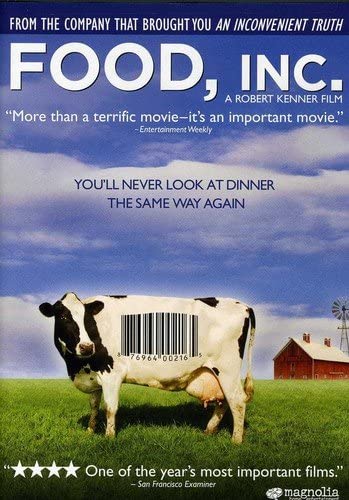Documentary Story-Focusing Exercise, PART 2
Today in Part 2 of my story structure series, I focus on crafting the essay-style documentary. You can also download the entire Storytelling Exercise worksheet here, which I developed during my teaching days at UC Berkeley and the San Francisco Film Society.
Helpful in creating a film outline, these storytelling questions are as relevant as ever!
Disclaimer: the exercises below are not the only way to structure an idea-driven film. But popular examples include “Food, Inc.” and “An Inconvenient Truth”.
One simple way to structure an essay-style documentary is in three “parts” (which are different from “acts”). There’s the Beginning (10-15% of doc); the Middle (60-70%); and the End (10-15%).
Exercise 1: For the Beginning, state the thesis.
What is the simple, central concept you are trying to convey? (It should be a simple idea, such as “global warming is real”.)
Try turning this idea into a question, for example, “Is global warming real?”
Now, decide whether your documentary will propose a central thesis that you will prove, or ask a central question that you will explore. Which works best for you film?
Exercise 2: For the Middle, make your arguments.
List the arguments that support your central thesis. (If you are posing a central question rather than advancing a central idea, then list the possible answers to that question.)
Now place your arguments (or answers) in order of importance, with the most impactful one last.
Exercise 3: In the End, Define the Meaning.
Now that you’ve proven your central thesis, what does it all mean? What implications does your thesis (or central question) have for today?
For example, after director Davis Guggenheim supported the thesis of “An Inconvenient Truth” (that global warming is real), he gave specific ideas about what to do about climate change.
This meaning-making, “call to action” epilogue was ground-breaking for documentaries in 2006 and is more popular than ever today.
Click here for Part 1, which focuses on structuring character-driven documentaries.
